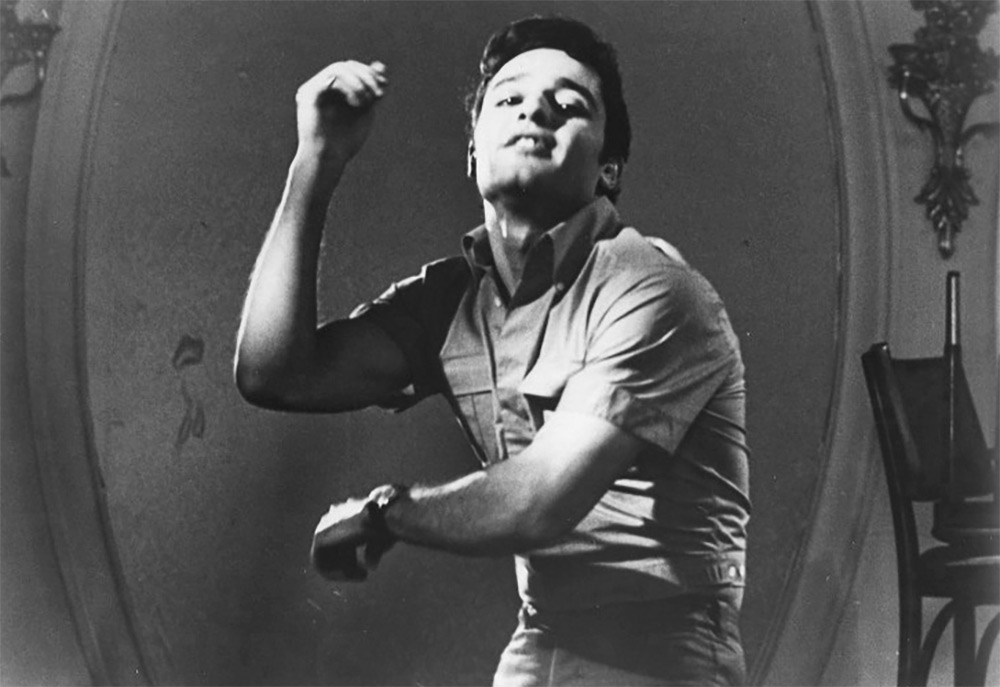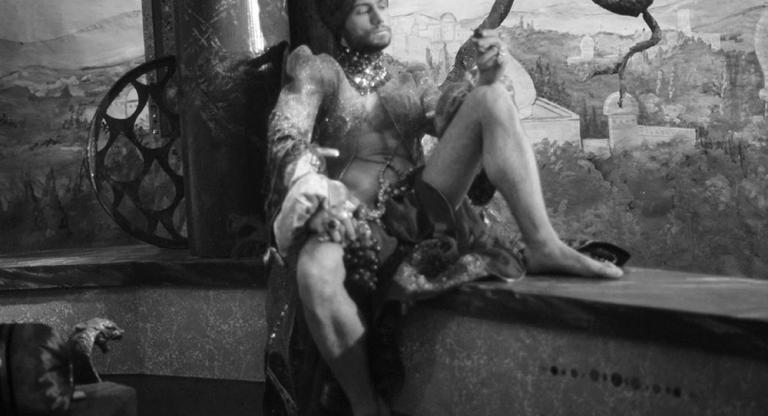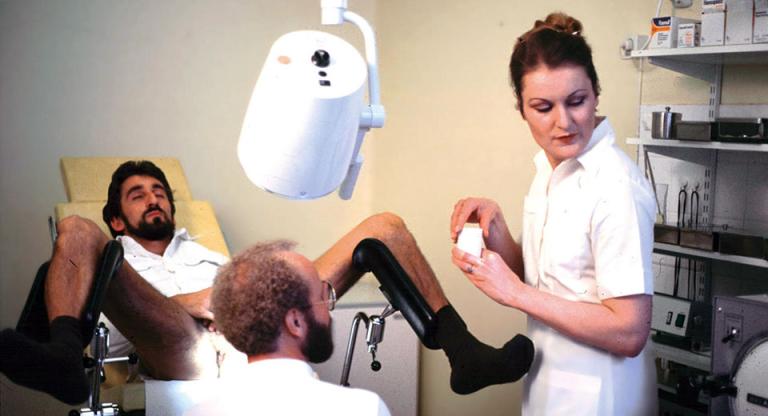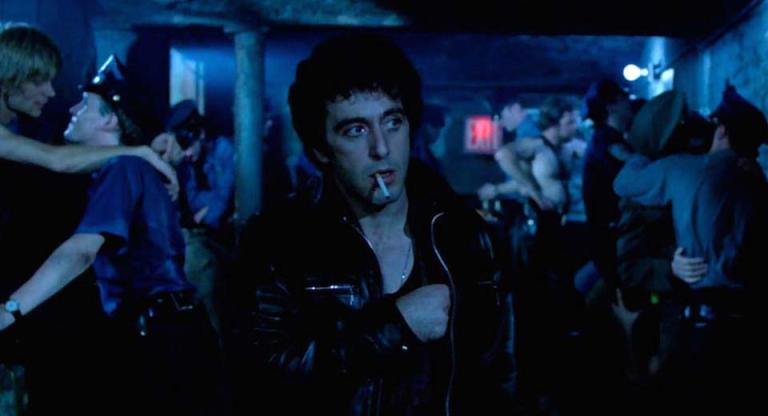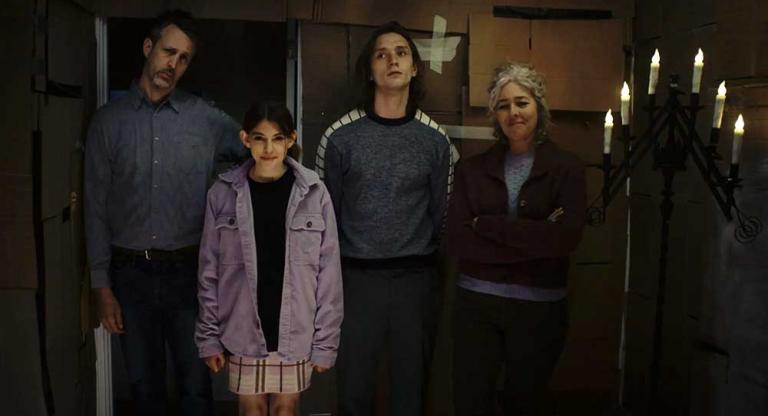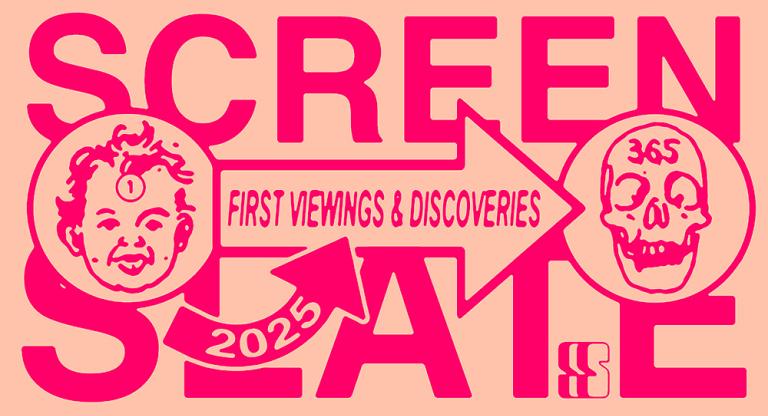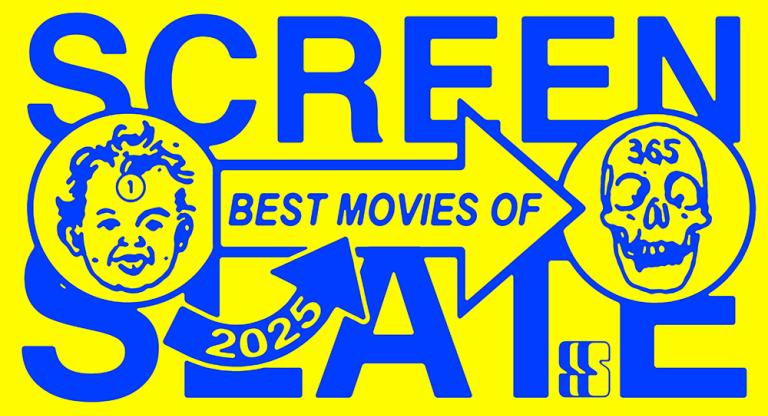Rebuked on release by both critics and the Catholic Church, this lean, libidinous thriller—one of the three, far-out films made by the prodigious TV producer Joseph Cates, Hays Code be damned—is at last beginning to be cherished, as both a document of 1960s Times Square and a timeless catalog of sexual proclivities and perversions. Though it’s nominally about wannabe starlet Nora (Juliet Prowse) getting telephone-stalked—“I can see your skin,” the creep tells her, his babyish voice like sandpaper—Who Killed Teddy Bear? is really about Sal Mineo’s body. The plucky fuck-up of Rebel Without a Cause (1955) gets top billing here as Lawrence, who is not just the timorous busboy at the club where Nora works as a disk jockey, but also her troublesome peeping tom.
Cinematographer Joseph Brun, who’d also lensed Cates’s previous film, a sympathetic portrait of a call girl with the exploitation-ready title Girl of the Night (1960), lingers on Mineo’s compact frame well past the point of decency. (Given Teddy Bear’s clear influence on 1976’s Taxi Driver, it’s worth noting that Brun’s camera operator was Mark Chapman—his son-in-law, later the Scorsese film’s cinematographer.) The film’s opening scene, in which Nora receives her first call from the as yet unidentified sex pest, establishes the provocative differential in the camera’s interest between the two characters: she’s framed in an unfussy medium close-up, her chaste pyjama top buttoned all the way up; her suitor, conversely, is apprehended through what looks like a Vaseline-slicked lens, nude save for briefs. From shoulders to knees, his recumbent physique fills the frame, caressed by chiaroscuro and looking like a headless Calvin Klein model. As he talks, he compulsively kneads his thigh—masturbation displaced by a few inches for the sake of silver screen propriety.
Mineo’s career was in the doldrums at the time. He’d outgrown the teen delinquent roles that had made him famous, and his idol status was under threat from rumors (not unfounded, if not just cause for scandal) that he was gay. The reckless, Bronx-born bisexual’s embracing the role of Lawrence was not so much a former child star’s rebellion as an incredibly bold leaning in. The newly discovered and restored “director’s cut” making its debut at Film Forum this week offers further proof of this boldness, reinserting excised footage of his sexually confused character perusing a homo mag (Beach Stud being merely one of the many lurid titles on display) and, why not, even dabbling in a bit of necrophilia.
Of the film, Mineo made the relatively modest claim that he was the first man to appear on screen in jockey shorts. But he’d recently bared it all, as the model for Harold Stevenson’s “The New Adam.” “Long considered one of the great American nudes” (per the Times), it was nevertheless denied inclusion in the Guggenheim show for which it’d been created: 1963’s “Six Painters and the Object,” now remembered as a seminal moment in Pop Art history. (A Rauschenberg took its place.) Standing 8-foot tall and nearly 40-foot wide, the painting was designed to span multiple walls: as his subject’s flesh engulfs the canvas—anticipating the composition of the shot in Teddy Bear—Stevenson’s monumental work can only engulf the viewer. In it, only Mineo’s face is obscured, by a hand posed in the manner of Michelangelo’s Adam. But where the Renaissance master’s Adam points toward God, the New one points toward his genitals.
Who Killed Teddy Bear? screens August 8 - 14 at Film Forum on 35mm. Special thanks to Owen Kline, grandson of Joseph Cates, who generously provided research materials for this piece. See him in conversation after the screening on Friday, August 8.
